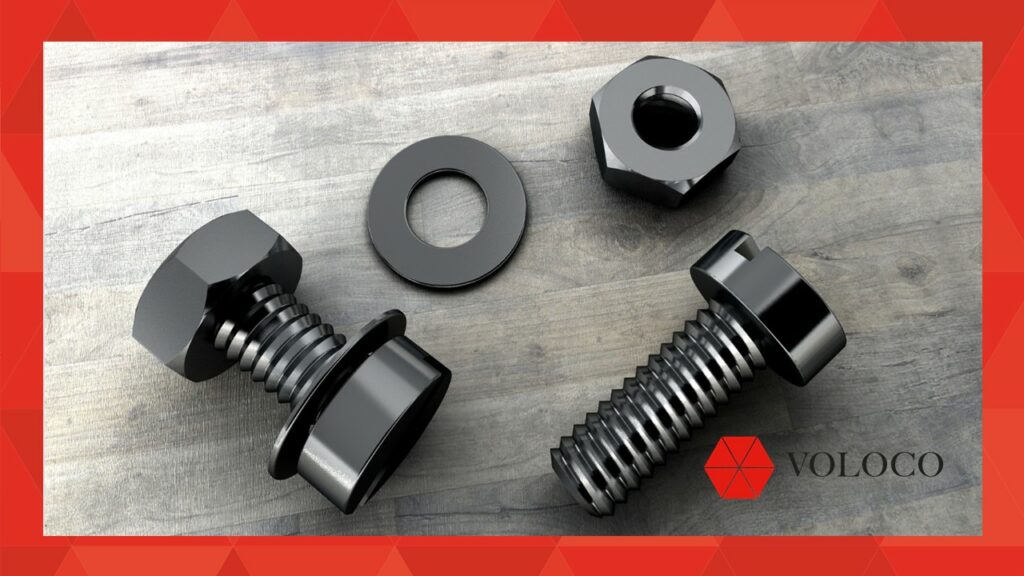It might seem like a simple question, but the answer is far from simple. There will no doubt be several parties involved in the supply chain moving goods / materials from their point of origin to the project and a multi-layered, complex footprint of contracts that take them there.
If a dispute occurs with a construction contract, which it often does, the issue of title (ownership) of the goods and materials on the site (or stored off-site) can become a hot topic. This article will outline the basics and is not intended to be the complete picture. You will need to seek further expert advice if this issue becomes a problem for you. So here we go…Are the goods fixed to the land?
- Where the goods are not simply loose on the site
- If they are not loose, burden of proof for ownership moves from landowner to the party trying to prove ownership
- If they are loose, ownership will depend on a number of issues
Sale of Goods or Sale of Goods & Services
- There is no distinction in English law in the transfer of title, but there is in Scottish contracts where ownership transfers only once the goods are delivered to site and incorporated into the structure
Were the goods bought in good faith?
- The Sale of Goods Act 1979 provides that a buyer who buys goods in good faith and without notice of the original seller’s interest acquires ownership of the goods
- This would nullify the effect of a retention of title clause and this is the reason why suppliers insist on labelling their materials as their property with ownership details and putting a right to inspect the materials from time to time to check that the labels are still there
- There is no such provision in the Supply of Goods and Services Act 1982.
What the contracts say
- Important to check the provisions of the actual contract and to review any retention of title clauses that may exist further down the chain
- JCT contracts set out that ownership (title) transfers once included in an Interim Payment (for on-site and any contractually “Listed” off-site materials)
- NEC differs in that delivery is the catalyst for the transfer of title.
- A problem occurs in that you can’t give away what is not yours in the first place ie. if title has not passed from the supplier to a Sub-Contractor, the Sub-Contractor cannot transfer title to any other party regardless of the separate contracts that may existing between the Sub-Contractor and Main Contractor or the Main Contractor and Employer (the Sale of Goods Act 1979 captured this in statute law and has now been replaced by the Consumer Rights Act 2015).
